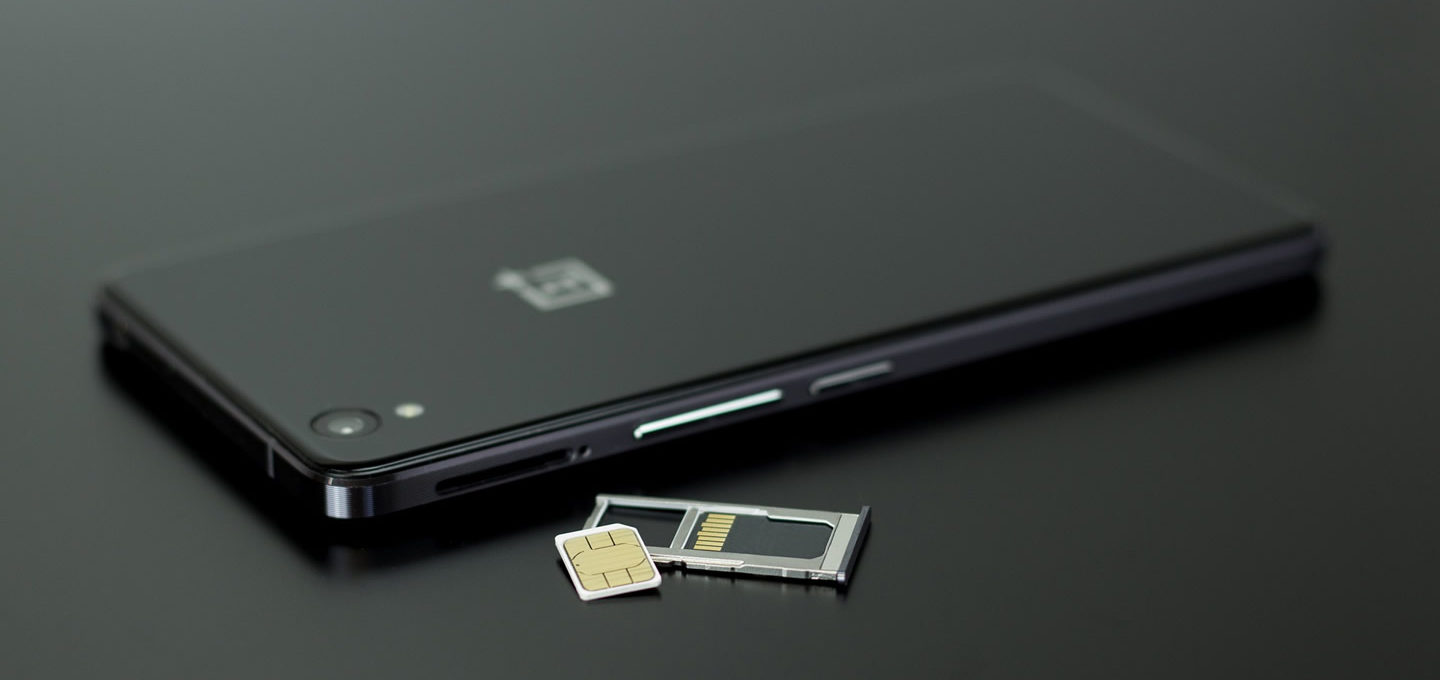So, you’ve had a mobile for well over a decade now, and may have had an iPhone every 18 months since they launched. You might even have a drawer filled with various mobile bits and pieces from phones past, including SIM cards… but have you ever actually stopped to ask what SIM cards are? Here, we fill you in on what these small cards do, and how they do it.
What is a SIM?
SIM is short for Subscriber Identity Module, and they are a piece of plastic that slots into your phone that acts, in essence, as your unique ID number. It means that you can connect to – make calls from – and be charged for – using a particular mobile phone network.
While you can call 999 without a SIM (for safety reasons), if you want to get in touch with anybody, or use the internet, you’re going to need a SIM card.
What do SIMs do?
SIMs started like as part of the European telecoms standard that separated phones from the networks they connected. They did so by migrating the security and ID features and data onto a small chip that could be embedded in the phone handset itself. GSM tech – the data transfer technology used at the time – was also new to phones as digital only data stream, unlike what was being used previously.
SIMs were therefore used to unlock the data, sort of like a key. In other words, your SIM was also your decryption device!
SIMs also do a lot more than that. Most people know that – whilst they don’t have much onboard memory – SIM cards store your contacts and their numbers, meaning you can switch phone, and as long as you still have your SIM, you won’t lose any numbers.
SIM cards might be small, but they are also mighty powerful. We hope you’re now clued in as to what they are and how they work!

